Impact of digital marketing
In Business, Marketing, Official Blog
 By the time smartphones and tabs are introduced digital marketing has touched new heights in this digital era. This era has almost everybody with a social media account and the ones without such an account are literally looked down upon for business purposes. Digital marketing is defined by the use of numerous digital tactics and channels to connect with customers where they spend much of their time: online. So, the query that arises is of studying the consumer behavior in digital marketing.  Digital marketing has created a revolution in the virtual world of marketing. Here the traditional method of marketing doesn’t apply. The client doesn’t feel neglected. Digital marketing focuses on connecting with the target audience. The client feels as he/she is a part of it. We all know that digital marketing is impacting the way we communicate with our consumers. From Facebook ads to Google/Bing Pay per Click to mobile marketing, digital media is taking a bigger and bigger chunk of the marketing budget each year. Let’s look at a few reasons why digital marketing is becoming such an integral part of the marketing pie.
By the time smartphones and tabs are introduced digital marketing has touched new heights in this digital era. This era has almost everybody with a social media account and the ones without such an account are literally looked down upon for business purposes. Digital marketing is defined by the use of numerous digital tactics and channels to connect with customers where they spend much of their time: online. So, the query that arises is of studying the consumer behavior in digital marketing.  Digital marketing has created a revolution in the virtual world of marketing. Here the traditional method of marketing doesn’t apply. The client doesn’t feel neglected. Digital marketing focuses on connecting with the target audience. The client feels as he/she is a part of it. We all know that digital marketing is impacting the way we communicate with our consumers. From Facebook ads to Google/Bing Pay per Click to mobile marketing, digital media is taking a bigger and bigger chunk of the marketing budget each year. Let’s look at a few reasons why digital marketing is becoming such an integral part of the marketing pie.
Companies have for decades built up their business around the traditional brick-and-mortar channel. The rise of the Internet and the surging popularity of online shopping have offered rapid growth in e-commerce and embodied the emerging click-and-mortar (e.g. Target.com) or solely online business model (e.g. Amazon.com).
 Modern media is no longer confined to a television or radio show, newspaper or advertisement. Instead, today’s media — from text to video and sound — can be saved and shared electronically, using everything from desktop computers to small mobile devices. This electronic dissemination of media has had a powerful impact on the way people communicate for personal reasons, school, and even business.
Modern media is no longer confined to a television or radio show, newspaper or advertisement. Instead, today’s media — from text to video and sound — can be saved and shared electronically, using everything from desktop computers to small mobile devices. This electronic dissemination of media has had a powerful impact on the way people communicate for personal reasons, school, and even business.
In fact, “constant” internet usage among adults increased by 5% in just the last three years, according to Pew Research. And although we say it a lot, the way people shop and buy really has changed along with it — meaning offline marketing isn’t as effective as it used to be.
Inbound Marketing
Inbound marketing refers to the “full-funnel” approach to attracting, engaging, and delighting customers using online content. You can use every digital marketing tactic listed until today throughout an inbound marketing strategy.
Digital marketers are in charge of driving brand awareness and lead generation through all the digital channels — both free and paid — that are at a company’s disposal. These channels include social media, the company’s own website, search engine rankings, email, display advertising, and the company’s blog. The job is to drive the target audience to the particular website and promote the landing page. Digital marketers are responsible for the promotion of a product or service of the company. Their Job involves SEO for a better ranking in the search engine. All these factor matters for a tactical promotion of a business.

Reaching more potential customers
Digital media means businesses can reach more customers than ever before. A simple promotion featuring a giveaway or a freebie can earn business hundreds or thousands of Facebook fans and email and text message subscribers, meaning that the business can send a message to these consumers with just a touch of a button. However, digital media also means that those consumers can reach back. Through negative comments to your Facebook page and other social networking sites, like Twitter and your blog, customers can use digital media to take a complaint that would have otherwise been between the two of you worldwide. Creating the reach for the potential customer is quite important. After all, we all want to influence our target audience. We can influence them with our post and content. We can keep them updated with content and posts. This is one of the most important factors for digital marketing in today’s world.
 Leading technological edge
Leading technological edge
Technology is being updated in every single second. Using digital media means using new technology both to create and support the media. New technology can be an asset to your business. When you adopt smartphones and laptops in order to use digital media, you also can positively influence other areas of your business. For example, such mobile technology makes communication among employees much easier. Technology can create the leading edge over your competition. With the advancement in technology, you can go ahead of your competitive market. So keep yourself updated with technology.


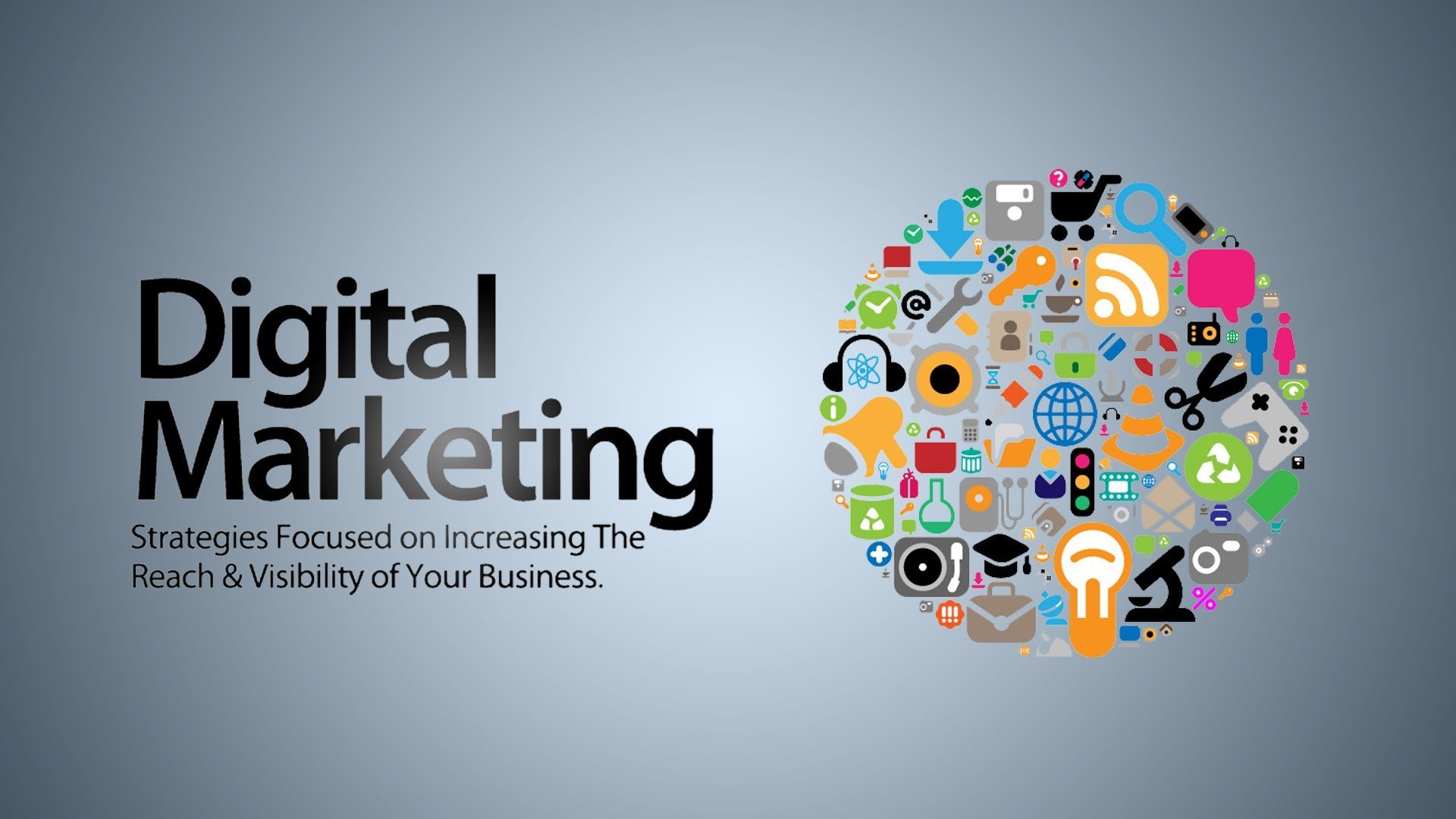

 Before you create a single piece of content, make sure that you have a deep understanding of your ideal customer. In modern terms of SEO, there is a huge demand for high-value content or lead generation. No matter what your business model is, content is still king, thus content marketing must be a primary goal. Content is the foundation of your lead generation and leads nurturing efforts. Marketers have come to rely on content to engage prospects and customers in today’s buyer landscape, but to do so, your content must educate, inspire, and beg to be shared. It should help leads to overcome challenges and achieve their aspirations. If you are able to do that, leads will flock to you, and you’ll gain their trust. Know your audience and give them what they need. An effective content marketing strategy helps enforce a strong baseline for lead analysis since every piece of content can be measured. That best practices how-to guide generated 10% of your digital leads for the year? Great—write another one! Your long-form blog on do’s and don’ts was you’re most viewed of the year? Awesome—share it on social media and write a follow-up!
Before you create a single piece of content, make sure that you have a deep understanding of your ideal customer. In modern terms of SEO, there is a huge demand for high-value content or lead generation. No matter what your business model is, content is still king, thus content marketing must be a primary goal. Content is the foundation of your lead generation and leads nurturing efforts. Marketers have come to rely on content to engage prospects and customers in today’s buyer landscape, but to do so, your content must educate, inspire, and beg to be shared. It should help leads to overcome challenges and achieve their aspirations. If you are able to do that, leads will flock to you, and you’ll gain their trust. Know your audience and give them what they need. An effective content marketing strategy helps enforce a strong baseline for lead analysis since every piece of content can be measured. That best practices how-to guide generated 10% of your digital leads for the year? Great—write another one! Your long-form blog on do’s and don’ts was you’re most viewed of the year? Awesome—share it on social media and write a follow-up! Traffic Generating Content
Traffic Generating Content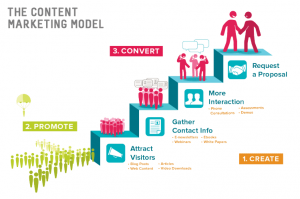 After generating traffic you need to do analyses of the potential leads. It is the filtering process of the traffic. The Lead generating content is content that you package into lead magnets: valuable resources that you give away for free in exchange for someone’s email address.
After generating traffic you need to do analyses of the potential leads. It is the filtering process of the traffic. The Lead generating content is content that you package into lead magnets: valuable resources that you give away for free in exchange for someone’s email address.
 Paid Platform: As the name suggests you have to spend money on this platform. Â You will get traffic a lot quicker than organic platforms. Promotion is lot more-faster in this platform.
Paid Platform: As the name suggests you have to spend money on this platform. Â You will get traffic a lot quicker than organic platforms. Promotion is lot more-faster in this platform.
 Who doesn’t want to be remarkable? Every one desires attention and recognition. So how do we get it? First of all, we need to understand that being noticed and being remarkable are two different things. People often confuse between these two. If you run naked in streets you will definitely get noticed but you won’t be recognized. What I am saying that it is easy to pull off a stunt in public but it is not necessary that it will accomplish your goal. It is not useful. It is a lame strategy.
Who doesn’t want to be remarkable? Every one desires attention and recognition. So how do we get it? First of all, we need to understand that being noticed and being remarkable are two different things. People often confuse between these two. If you run naked in streets you will definitely get noticed but you won’t be recognized. What I am saying that it is easy to pull off a stunt in public but it is not necessary that it will accomplish your goal. It is not useful. It is a lame strategy. Be limitless. If you are limited to something then you are suppressing your caliber, your ability, your skill. Push your limits. Always remember that sky is my limit. Who has trouble finding a new gig? Not the remarkable minority, that’s for sure. You set your own standards of achievement. You know that you’ve done a good job (or not) and don’t need the verification or otherwise of those around you to tell you so. Yes, you will still enjoy receiving praise and recognition but it’s not going to dampen your motivation if you don’t get it. And a trait of your internal referencing is that you may set yourself exacting standards and put pressure on yourself to achieve perfection in your eyes. The trick is not to mess it up. Ultimately, I think it’s just going to get you that exposure, get you in that door, and get you that recognition that will hopefully get you opportunities. This is a very high form of recognition, but one slip and you’re off the radar once again.
Be limitless. If you are limited to something then you are suppressing your caliber, your ability, your skill. Push your limits. Always remember that sky is my limit. Who has trouble finding a new gig? Not the remarkable minority, that’s for sure. You set your own standards of achievement. You know that you’ve done a good job (or not) and don’t need the verification or otherwise of those around you to tell you so. Yes, you will still enjoy receiving praise and recognition but it’s not going to dampen your motivation if you don’t get it. And a trait of your internal referencing is that you may set yourself exacting standards and put pressure on yourself to achieve perfection in your eyes. The trick is not to mess it up. Ultimately, I think it’s just going to get you that exposure, get you in that door, and get you that recognition that will hopefully get you opportunities. This is a very high form of recognition, but one slip and you’re off the radar once again. We all work really hard, and we do it because we’re passionate. We don’t do it because we’re being rated. However, we’d all be remiss if we didn’t think that some kind of recognition for efforts and accomplishments didn’t make you feel good. If your niche is in a manual, and if it is the accepted wisdom, then it’s boring. It can be found in any book and it is not innovative. Try to be the trend. You may be remarkable today but if you do not re-invent or re-invest, you won’t last long. So don’t settle down on your laurels, you must work hard and keep going.  The only way to grow is to abandon your strategy of doing what you did yesterday, but better. Commit. Be the change you wish to see.
We all work really hard, and we do it because we’re passionate. We don’t do it because we’re being rated. However, we’d all be remiss if we didn’t think that some kind of recognition for efforts and accomplishments didn’t make you feel good. If your niche is in a manual, and if it is the accepted wisdom, then it’s boring. It can be found in any book and it is not innovative. Try to be the trend. You may be remarkable today but if you do not re-invent or re-invest, you won’t last long. So don’t settle down on your laurels, you must work hard and keep going.  The only way to grow is to abandon your strategy of doing what you did yesterday, but better. Commit. Be the change you wish to see.

 Let’s explore some Key elements to create a Brand:
Let’s explore some Key elements to create a Brand: The brand elements are the senses of a brand. It helps to define a brand. It consists of the core values that a brand stands for. One great way to improve your customer retention is to reward customers for every purchase. Everyone likes to get something extra without paying more money. Once you start building an audience online, encourage your followers to share brand content on your website and social media. User-generated content, which can be anything from product reviews to unboxing videos, builds your brand’s authenticity and provides social proof. When potential customers see real people using and enjoying your product, their confidence in your brand will increase. This strategy can make your brand popular. Give them referral codes. This will even create more visits to
The brand elements are the senses of a brand. It helps to define a brand. It consists of the core values that a brand stands for. One great way to improve your customer retention is to reward customers for every purchase. Everyone likes to get something extra without paying more money. Once you start building an audience online, encourage your followers to share brand content on your website and social media. User-generated content, which can be anything from product reviews to unboxing videos, builds your brand’s authenticity and provides social proof. When potential customers see real people using and enjoying your product, their confidence in your brand will increase. This strategy can make your brand popular. Give them referral codes. This will even create more visits to
 Research your audience: Designing a logo is not just about creating an appealing visual. Like the overall color scheme and design of your site, your logo sets your brand apart from the competition and shows people that you’re a legitimate business. Logos are a critical part of the modern visual landscape. Throw yourself into the brand. Save all your sketches. Research online. Create mind maps or mood boards. Build a board and tear it apart. Stop with the clichés. Know your customer need. Give him/her a variety of different design to think on. Ask your customer about the message he/she want to convey via the logo. Don’t just be a designer – be a good one. Designing an effective logo is not a quick or easy process. What it requires is through research, thought, care and attention to ensure the final logo design targets the correct market and broadcasts the right message. A poorly designed logo will have a negative effect on the perception of your business; however, a carefully designed logo can transform a business by attracting the right people.
Research your audience: Designing a logo is not just about creating an appealing visual. Like the overall color scheme and design of your site, your logo sets your brand apart from the competition and shows people that you’re a legitimate business. Logos are a critical part of the modern visual landscape. Throw yourself into the brand. Save all your sketches. Research online. Create mind maps or mood boards. Build a board and tear it apart. Stop with the clichés. Know your customer need. Give him/her a variety of different design to think on. Ask your customer about the message he/she want to convey via the logo. Don’t just be a designer – be a good one. Designing an effective logo is not a quick or easy process. What it requires is through research, thought, care and attention to ensure the final logo design targets the correct market and broadcasts the right message. A poorly designed logo will have a negative effect on the perception of your business; however, a carefully designed logo can transform a business by attracting the right people. Once the idea has been explored on paper you should begin to work on the designs using software called Adobe Illustrator, which is a vector-based software program, which means the artwork produced is scalable and will never lose quality. You should continue to explore and experiment with the ideas even during this state, to ensure the idea produced is presented in its best possible light. Use vector shapes in Adobe Illustrator CC to create a logo that looks good onscreen and in print. The best part about vector art is that it scales to any size. It can be a small business card or a large billboards vector art can be resized and it will not lose its quality. Try to know about the golden circle ratio. It will help you to get a better understanding of various designs.
Once the idea has been explored on paper you should begin to work on the designs using software called Adobe Illustrator, which is a vector-based software program, which means the artwork produced is scalable and will never lose quality. You should continue to explore and experiment with the ideas even during this state, to ensure the idea produced is presented in its best possible light. Use vector shapes in Adobe Illustrator CC to create a logo that looks good onscreen and in print. The best part about vector art is that it scales to any size. It can be a small business card or a large billboards vector art can be resized and it will not lose its quality. Try to know about the golden circle ratio. It will help you to get a better understanding of various designs. Designing the Idea and presenting: Once designs are ready to present you should create a PDF document which will display the logo designs created, with images of the designs in real life examples, along with supporting notes explaining the decisions made. We only present designs which we are confident in, and will give you my opinion on which you believe will be most suitable for your client’s business. You should leave the final choice to your client, and if there is any possibility of improvement in design, the design could be improved or modified to better meet the objectives, changes can be made where necessary.
Designing the Idea and presenting: Once designs are ready to present you should create a PDF document which will display the logo designs created, with images of the designs in real life examples, along with supporting notes explaining the decisions made. We only present designs which we are confident in, and will give you my opinion on which you believe will be most suitable for your client’s business. You should leave the final choice to your client, and if there is any possibility of improvement in design, the design could be improved or modified to better meet the objectives, changes can be made where necessary.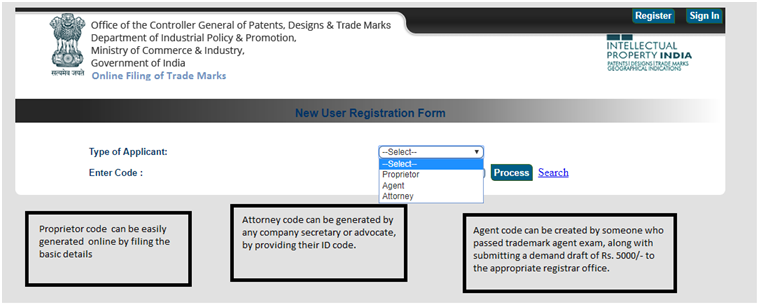
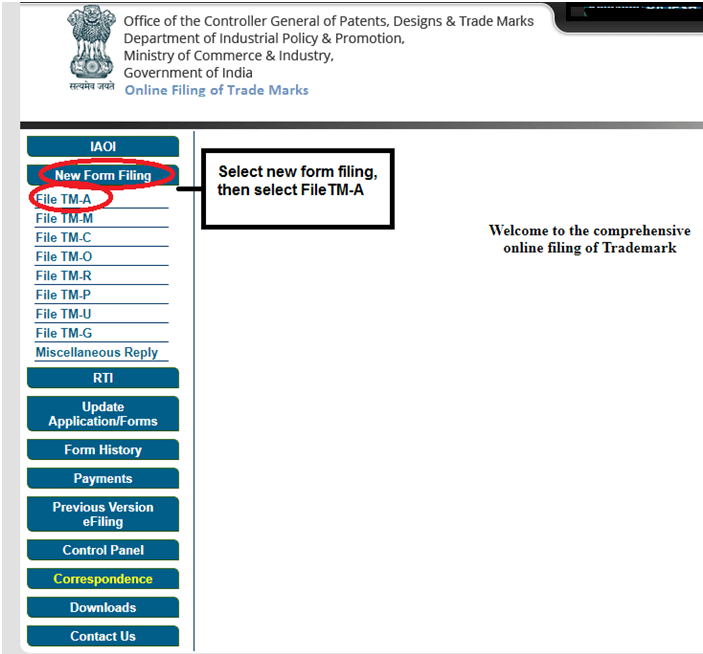
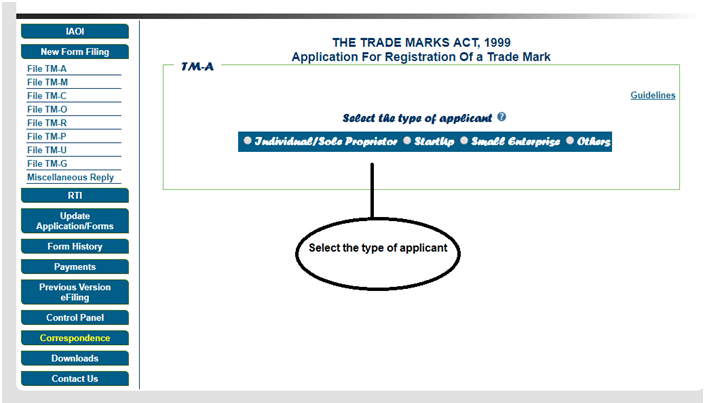
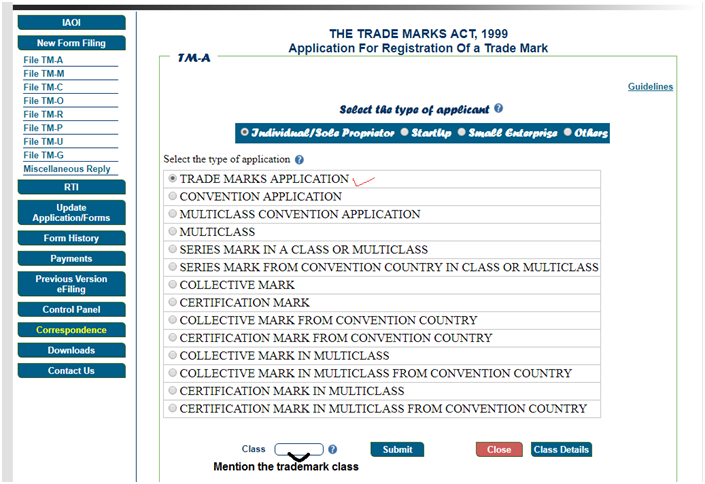
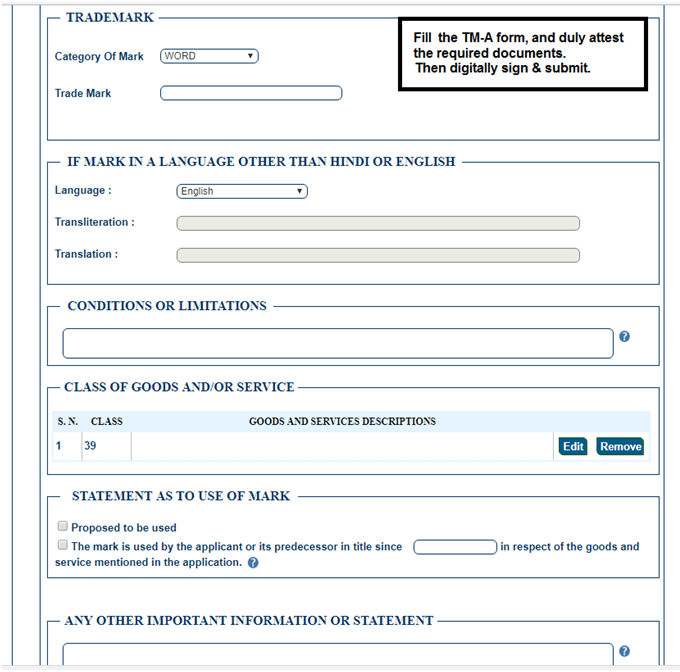
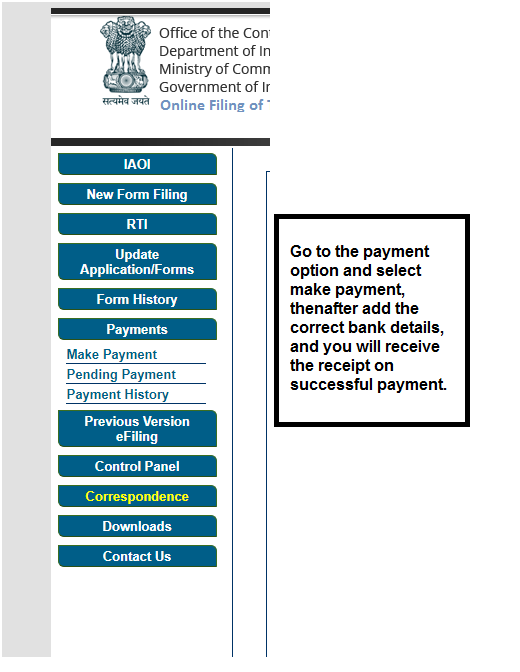

 The word logic is derived from a Greek word “Logos†meaning study reason or discourse. Thinking logically means having justification for every possible reason for every step or decision you will make. Logical decision making is done the basis of facts with suitable reasoning rather than emotions. It is the process of making strategies with logic and executing them on the based plan. It is a process of being smart and thinking creatively. You should justify your thoughts with logic and enlighten your team. You should justify the strategies, actions, and decisions based on the facts you gather. The logic can help you to get a better understanding of any problem or situation. The logic is the science and art of correct thinking. The reasoning is thinking, speaking about something in rational and logical ways. It involves thinking and a thorough analysis of the problem. Logical thinking focuses on the improvement in the analytical skills. Analytical skill helps to do a thorough analysis of any problem or situation.
The word logic is derived from a Greek word “Logos†meaning study reason or discourse. Thinking logically means having justification for every possible reason for every step or decision you will make. Logical decision making is done the basis of facts with suitable reasoning rather than emotions. It is the process of making strategies with logic and executing them on the based plan. It is a process of being smart and thinking creatively. You should justify your thoughts with logic and enlighten your team. You should justify the strategies, actions, and decisions based on the facts you gather. The logic can help you to get a better understanding of any problem or situation. The logic is the science and art of correct thinking. The reasoning is thinking, speaking about something in rational and logical ways. It involves thinking and a thorough analysis of the problem. Logical thinking focuses on the improvement in the analytical skills. Analytical skill helps to do a thorough analysis of any problem or situation.
 You must never lose touch with your inner stillness. To be sound and logical Eckhart Tolle said “When you lose touch with your inner stillness, you lose touch within yourself you lose in the world. Your innermost sense of self, of who you are is inseparable from stillness. I am that is deeper than your name and form.â€
You must never lose touch with your inner stillness. To be sound and logical Eckhart Tolle said “When you lose touch with your inner stillness, you lose touch within yourself you lose in the world. Your innermost sense of self, of who you are is inseparable from stillness. I am that is deeper than your name and form.â€
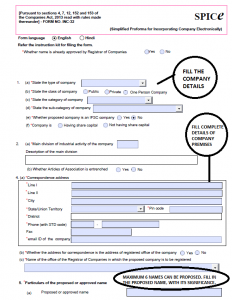
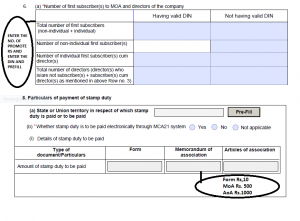
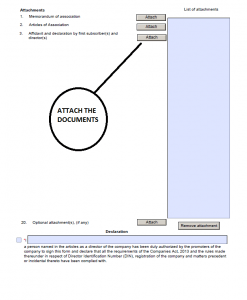

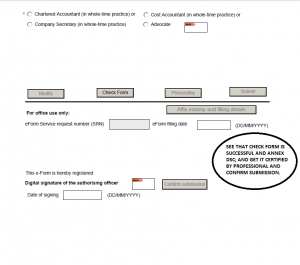


 The more complex story reinforces that ‘’everyone on a team can be a leader’’. The most successful teams create chain reactions of leadership. Adaptation triggers long chains of further adaptations that ultimately solve seemingly impossible problems. Everyone has their different ways of doing this, whether it’s through rewards, allowing more freedom within job roles or getting stuck into the job alongside your employees. Each approach works differently for everyone, but each type of leader has taken time to figure out their style.
The more complex story reinforces that ‘’everyone on a team can be a leader’’. The most successful teams create chain reactions of leadership. Adaptation triggers long chains of further adaptations that ultimately solve seemingly impossible problems. Everyone has their different ways of doing this, whether it’s through rewards, allowing more freedom within job roles or getting stuck into the job alongside your employees. Each approach works differently for everyone, but each type of leader has taken time to figure out their style. Courage is a fickle thing, but incredibly important in a great leader. A leader needs to be able to stand alone, and stand up for what they believe in. Having the courage to do what you believe will work is sometimes one of the hardest things to do. With courage also come determination and patience – the ability to hold firm and not succumb to negativity or the pressure to crumble, and the patience to keep going along a difficult road until they reach the end with their head held high, no matter what the outcome. You should be dedicated in what you believe. A leader is supposed to motivate his followers in a positive direction with a healthy mindset. Always remember that Success is not final, failure is not fatal, it’s the courage to continue pushing that counts. Courage is not having the strength to go on it is going on when you don’t have the strength. Courage is very important factor in leadership. It’s the will to stand against the tide, when the wind is against you and you have to sail in the opposite direction. A leader inspires his people to do the same. Always remember that fear is a reaction and courage is a decision. A great leader knows it and execute when needed. It is always easy to stand in a crowd but it takes courage to stand alone. If you overcome that stage the crowd will follow you eventually.
Courage is a fickle thing, but incredibly important in a great leader. A leader needs to be able to stand alone, and stand up for what they believe in. Having the courage to do what you believe will work is sometimes one of the hardest things to do. With courage also come determination and patience – the ability to hold firm and not succumb to negativity or the pressure to crumble, and the patience to keep going along a difficult road until they reach the end with their head held high, no matter what the outcome. You should be dedicated in what you believe. A leader is supposed to motivate his followers in a positive direction with a healthy mindset. Always remember that Success is not final, failure is not fatal, it’s the courage to continue pushing that counts. Courage is not having the strength to go on it is going on when you don’t have the strength. Courage is very important factor in leadership. It’s the will to stand against the tide, when the wind is against you and you have to sail in the opposite direction. A leader inspires his people to do the same. Always remember that fear is a reaction and courage is a decision. A great leader knows it and execute when needed. It is always easy to stand in a crowd but it takes courage to stand alone. If you overcome that stage the crowd will follow you eventually.